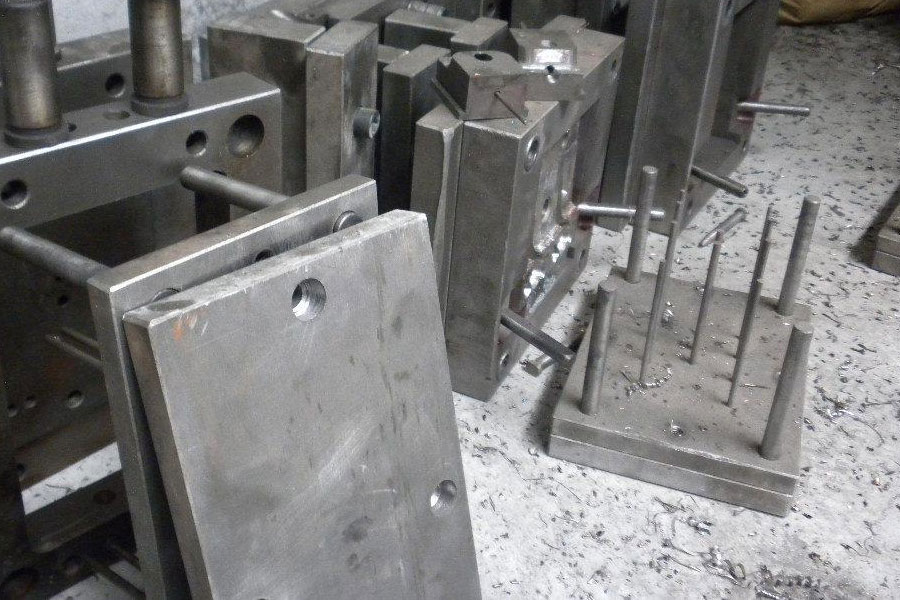The latest five-axis vertical machining center, that is, the pentahedron processing can be completed by clamping the workpiece at one time, is the rotary axis of this vertical machining center in two ways.
1. Rotation of vertical spindle head
The front end of the spindle is a rotary head, which can 360 degrees around the Z axis and become the C axis. The rotary head is also equipped with an A axis that can rotate around the X axis, which can generally reach more than ± 90 degrees to achieve the same function as above. The advantage of this setting method is that the spindle processing is very flexible, and the table can also be designed very large. The large fuselage of the passenger aircraft and the huge engine shell can be processed on this type of vertical machining center.
This design also has a big advantage: when we use a spherical milling cutter to process a curved surface, when the center line of the tool is perpendicular to the machining surface, because the linear velocity of the vertex of the spherical milling cutter is zero, the surface quality of the workpiece cut by the vertex will be very poor. The design of spindle rotation makes the spindle rotate through an angle with respect to the workpiece, so that the spherical milling cutter avoids the apex cutting, guarantees a certain linear speed, and can improve the surface processing quality.
Secondly, this structure is very popular with high-precision surface processing of molds, which is difficult to achieve with the rotary vertical machining center of the worktable. In order to achieve high-precision rotation, the high-end rotary shaft is also equipped with circular scale feedback, and the indexing accuracy is within a few seconds. Of course, the rotary structure of this type of spindle is more complicated and the manufacturing cost is higher.
2. Rotary axis of worktable
The worktable set on the bed can rotate around the X axis, which is defined as the A axis. The general working range of the A axis is +30 degrees to -120 degrees. There is also a rotary table in the middle of the worktable, which rotates around the Z axis at the position shown in the figure, which is defined as the C axis, and the C axis is 360 degree rotation. In this way, through the combination of the A axis and the C axis, the workpiece fixed on the table of the vertical machining center can be processed by the vertical spindle except the bottom surface.
The minimum division value of the A-axis and C-axis is generally 0.001 degrees, so that the workpiece can be subdivided into any angle, and inclined surfaces, inclined holes, etc. can be processed. If the A-axis and C-axis are linked with the three linear axes XYZ, complex spatial curved surfaces can be processed. Of course, this requires the support of high-end CNC systems, servo systems and software. The advantage of this arrangement is that the structure of the spindle is relatively simple, the rigidity of the spindle is very good, and the manufacturing cost is relatively low.
